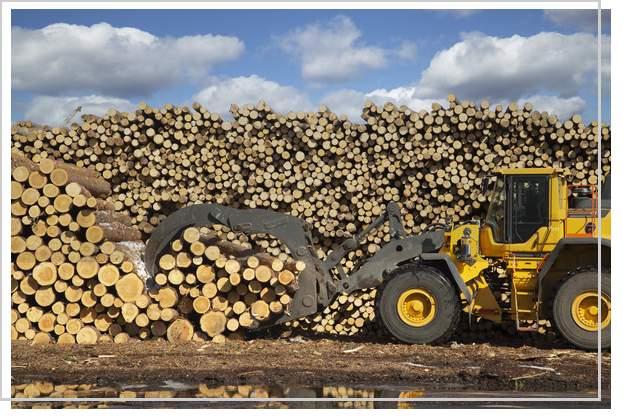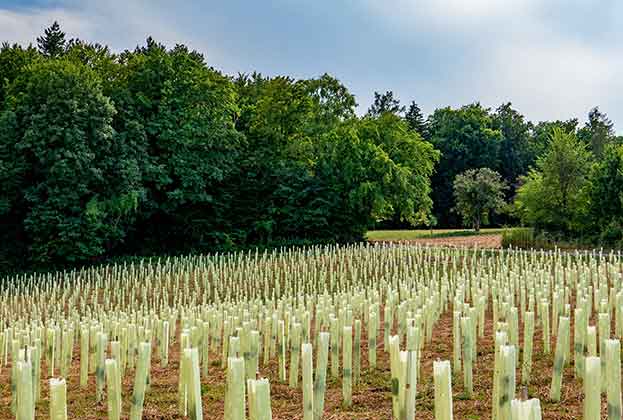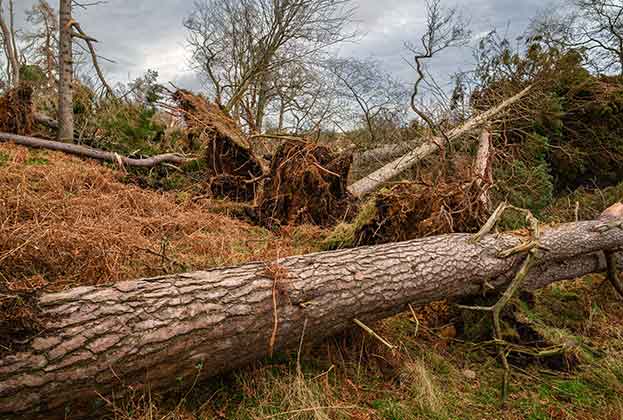It’s estimated that around 40 per cent of English woodland remains unmanaged and a significant volume of this nationally important asset is found in distant fields on farms up and down the country.
Leaving these woods to their own devices is a missed opportunity, not only economically in terms of saleable timber, for example, but also – and perhaps counter-intuitively – for the environment.
It might mean the underperformance of woodland-related ecosystem services that help prevent flooding, improve water quality and clean the air. Or these areas might present a suboptimal wildlife habitat, providing a home not for welcome biodiversity but for invasive species, escalating pest or disease transmission.
Unmanaged woodlands also have missed social value potential, preventing private or public enjoyment and the health and wellbeing benefits associated with being immersed in nature.
Current rural policy and land use discussions focus a great deal on woodland creation supported by the vast environmental and climate mitigation benefits. With such a spotlight on new woodlands it is easy to forget those already in existence that are underperforming or even under threat.
Proactive management is crucial. Here are some tips:
- Invest in the production of a Forestry Commission-approved woodland management plan (WMP). There are substantial grants available paying a minimum £1,500 for 3-50 hectares and £30 per hectare up to and including 100 hectares. A plan conveniently opens the door to more advanced grant schemes that would otherwise be untouchable.
- Seek advice on a 5-year budgeted work programme. It is one thing knowing what could or needs to be done, but another to know how, when and the crucial financials involved. Time invested in this early planning stage pays off long term and may help unlock some of the more creative income options.
- Woodlands will likely play a key role in future rural policy, taking the Welsh Government's proposal to limit farm payments to those farms with a minimum 10 per cent woodland cover as an example. Understanding your woodland assets and how best to manage them to maximise their output for your estate, farm or landholding is therefore very important.
- There has been a significant uplift in timber value in recent years and, despite some fluctuations, the lesser grade wood fuel and biomass markets remain in good shape. This means even small-scale operations could provide positive income.
- Don’t just think timber. Woodlands have diversification potential, anything from bluebell walks to glamping, forest schools and truffle production.
- Any tree felling or use of large machinery is best left to professionals with the right experience, qualifications and insurance. This does not necessarily mean an external contractor cost though as most forestry outfits offer to buy the timber standing. If getting hands on is your passion, then why not explore the Forestry Training Fund, which could cover the costs of forest skills courses like chainsaw felling and many more.
Woodlands may provide numerous challenges but also opportunities. With commitment and a bit of creativity, who knows what your woods could do for you?
.jpg)
.jpg)




